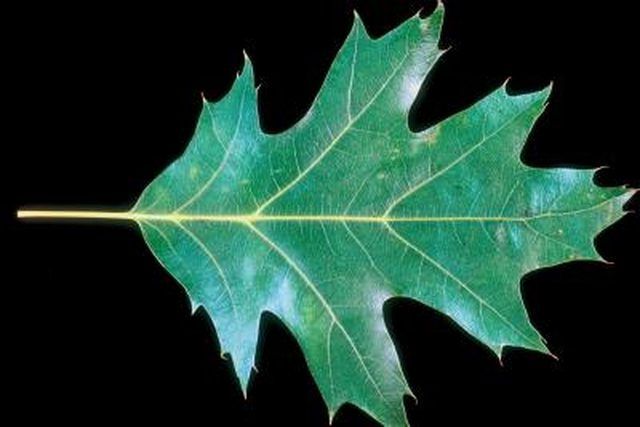Bulbs
Flower Basics
Flower Beds & Specialty Gardens
Flower Garden
Garden Furniture
Garden Gnomes
Garden Seeds
Garden Sheds
Garden Statues
Garden Tools & Supplies
Gardening Basics
Green & Organic
Groundcovers & Vines
Growing Annuals
Growing Basil
Growing Beans
Growing Berries
Growing Blueberries
Growing Cactus
Growing Corn
Growing Cotton
Growing Edibles
Growing Flowers
Growing Garlic
Growing Grapes
Growing Grass
Growing Herbs
Growing Jasmine
Growing Mint
Growing Mushrooms
Orchids
Growing Peanuts
Growing Perennials
Growing Plants
Growing Rosemary
Growing Roses
Growing Strawberries
Growing Sunflowers
Growing Thyme
Growing Tomatoes
Growing Tulips
Growing Vegetables
Herb Basics
Herb Garden
Indoor Growing
Landscaping Basics
Landscaping Patios
Landscaping Plants
Landscaping Shrubs
Landscaping Trees
Landscaping Walks & Pathways
Lawn Basics
Lawn Maintenance
Lawn Mowers
Lawn Ornaments
Lawn Planting
Lawn Tools
Outdoor Growing
Overall Landscape Planning
Pests, Weeds & Problems
Plant Basics
Rock Garden
Rose Garden
Shrubs
Soil
Specialty Gardens
Trees
Vegetable Garden
Yard Maintenance
A Comparison of Oak Trees
A Comparison of Oak Trees. Oak trees may be identified by comparing their leaves, of which there are four major types: feather-lobed with bristle tips, feather-lobed without bristle tips, wavy-edged or toothed, and smooth-edged. All oak tree branches have clustered-end buds that produce new leaves.

Oak trees may be identified by comparing their leaves, of which there are four major types: feather-lobed with bristle tips, feather-lobed without bristle tips, wavy-edged or toothed, and smooth-edged. All oak tree branches have clustered-end buds that produce new leaves.
Feather-lobed Leaves
Scarlet, northern red, black, southern red, bear and blackjack oaks have feather-lobed leaves with bristly---or pointed---tips. Leaves without bristle tips are found on white, post, overcup, bur and English oaks. The leaf lobes, called sinuses, range from shallow to deep on these two types of leaves, notes the Peterson Field Guide to Eastern Trees.
Wavy, Toothed and Smooth-edged Leaves
Durand, Chapman, chinkapin, basket, swamp and chestnut oaks have toothed leaves, and none has sinuses. The chinkapin oak leaf is toothed, while the Chapman oak's leaves are smooth and wavy. Arkansas, water, shingle, bluejack, Oglethorpe, willow, laurel, myrtle and Virginia live oaks all have smooth leaves with no sinuses.
Bark and Acorns
Oaks with feather-lobed bristly leaves have dark bark and smooth acorns that are either green or brown. Oaks with feather-lobed nonbristly leaves also have dark bark, but the overcup oak's acorns are covered in a rough outer shell, and the bur oak's acorns are partially covered with a hairy outer shell. The acorns of oaks with wavy, toothed and smooth leaves are smooth and green or brown, and their barks are a lighter gray.